Scientists Find Signs of Life Below Earth’s Most Inhospitable Desert
Scientists have found signs of life in a concealed biosphere below Earth’s most inhospitable desert. According to this new research, scientists have been able to find interesting life forms in the driest hot desert in the world.
These findings can greatly help researchers in their quest for extraterrestrial life on other planets, particularly on Mars.
The Atacama Desert
Researchers came upon this discovery in the Atacama Desert, which is located in northern Chile. Touted as the most inhospitable and driest desert in the world, the Atacama Desert doesn’t have much life to be found.
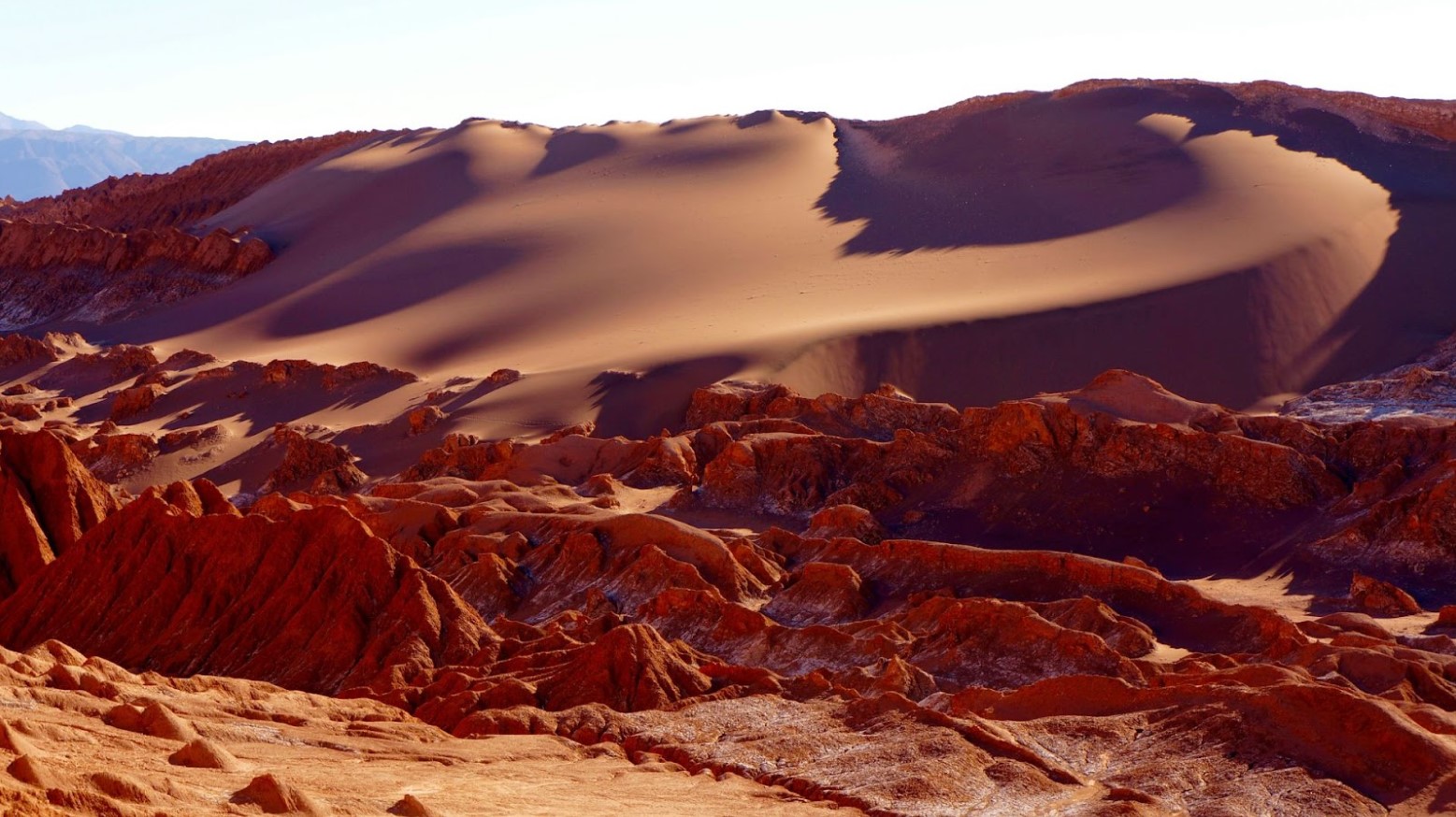
Source: Bailey Hall/Unsplash
Therefore, you’ll barely be able to find any animals or even insects on topside in this desert.
Rich Soil
However, there have been signs of life in the desert’s soil. Though this region is incredibly hostile to life above, life below the soil can be found in the form of some bacteria.
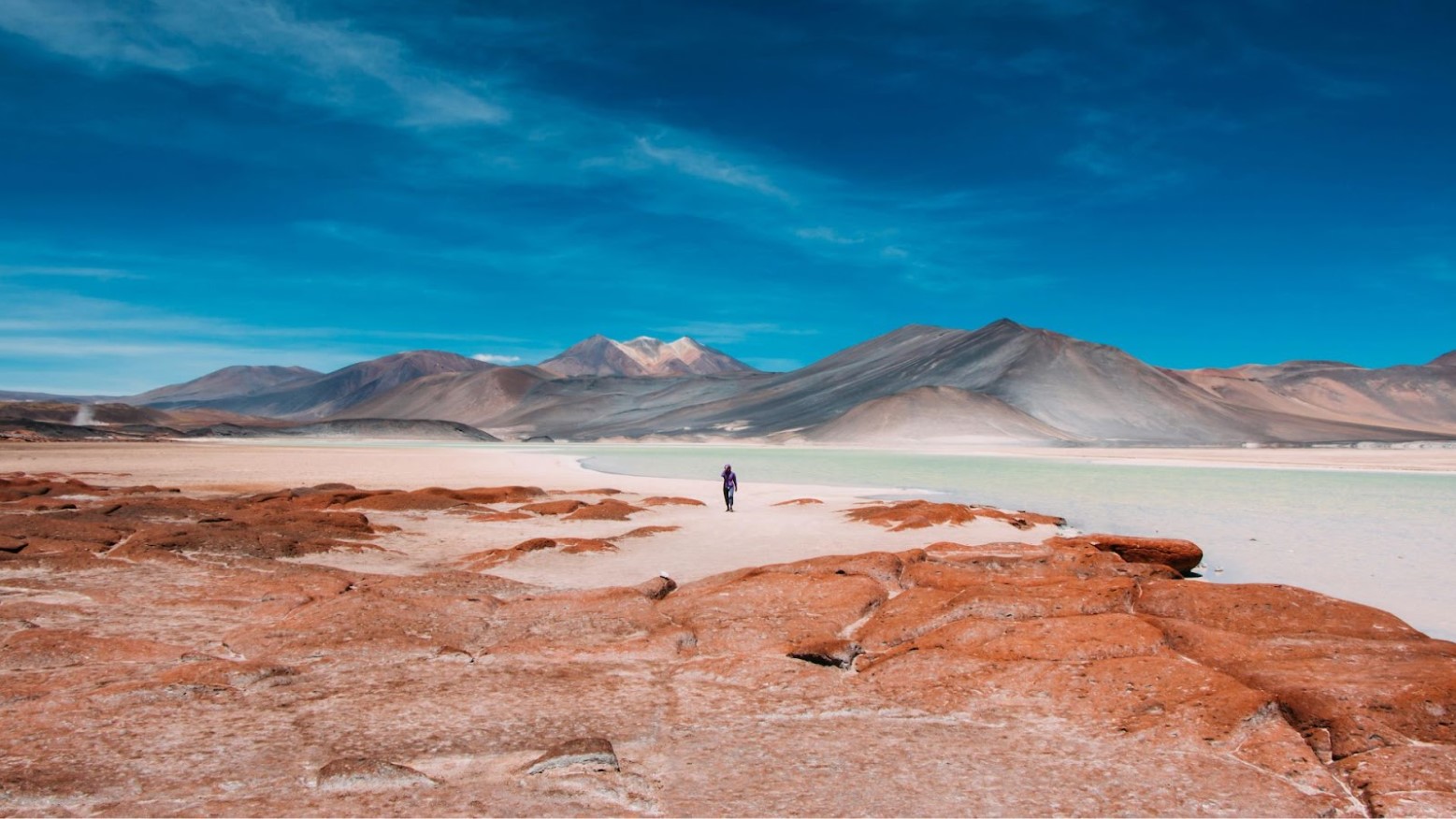
Source: Diego Jimenez/Unsplash
This is because the soil is rich in salts, as well as hyper-arid. Sulfates can also be found in this desert’s soil, which can help bacteria grow and live.
Looking for Water
Though the Atacama Desert may be incredibly dry, scientists wanted to see if they could find water deep in the soil, below the surface. If they could find water, then there was the possibility they could find more signs of life.
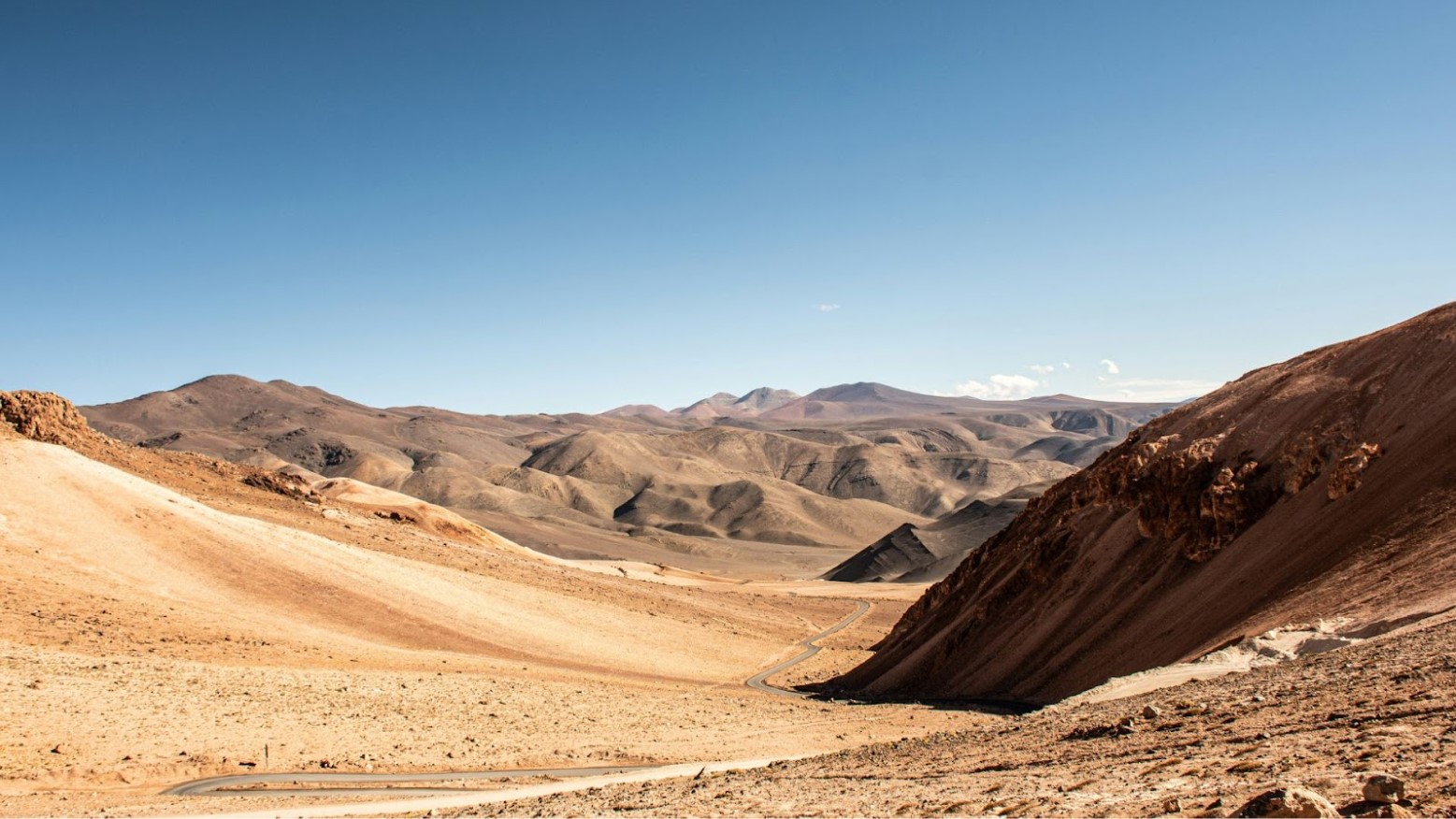
Source: Sam Power/Unsplash
According to research, the first 80 centimeters of soil tends to be a haven from the sun’s harsh UV light. Water could be found there — or even deeper into the ground.
Digging Into the Desert
This led to a team of researchers digging deep into the desert. According to their paper published in the journal PNAS Nexus, the group dug more than four meters down.
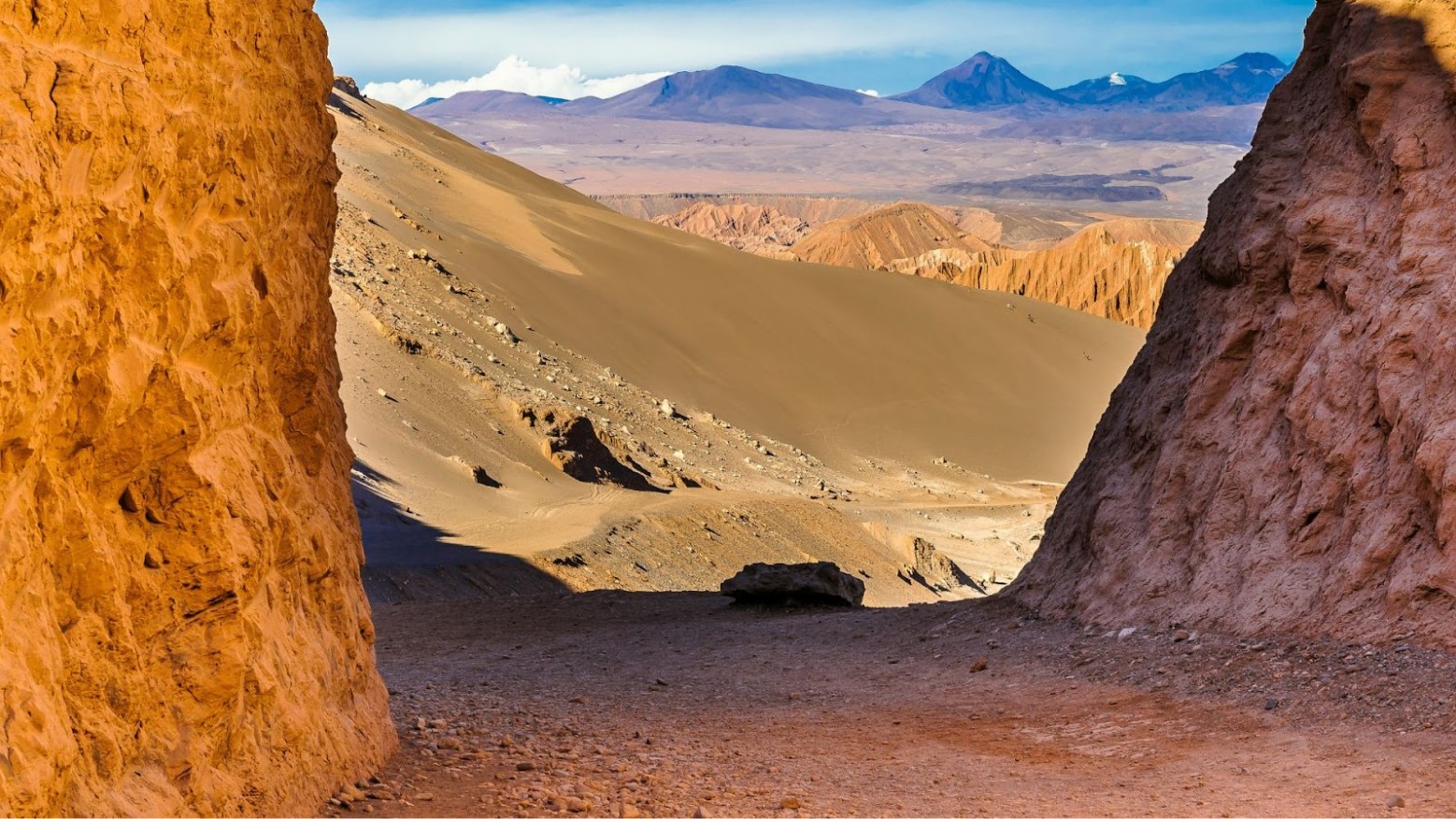
Source: Alexander Schimmeck/Unsplash
After digging this deep in the playa of the Yungay Valley, the team then collected soil samples to test. These researchers wanted to better understand what the desert’s biota looked like this deep under the surface of the Atacama Desert.
Extracting DNA
To ensure they were sampling DNA from living organisms, scientists created a new way to extract DNA to better fit their purposes.

Source: Sangharsh Lohakare/Unsplash
This led to loose DNA being washed out. Then, researchers extracted the DNA that remained inside intact cells. This DNA was then used for sequencing.
The Discovery of Living Organisms
After doing this, the team discovered different kinds of living organisms in different parts of the desert’s soil. Above the first 80 cm of these playa sediments, researchers were able to find microbial communities.
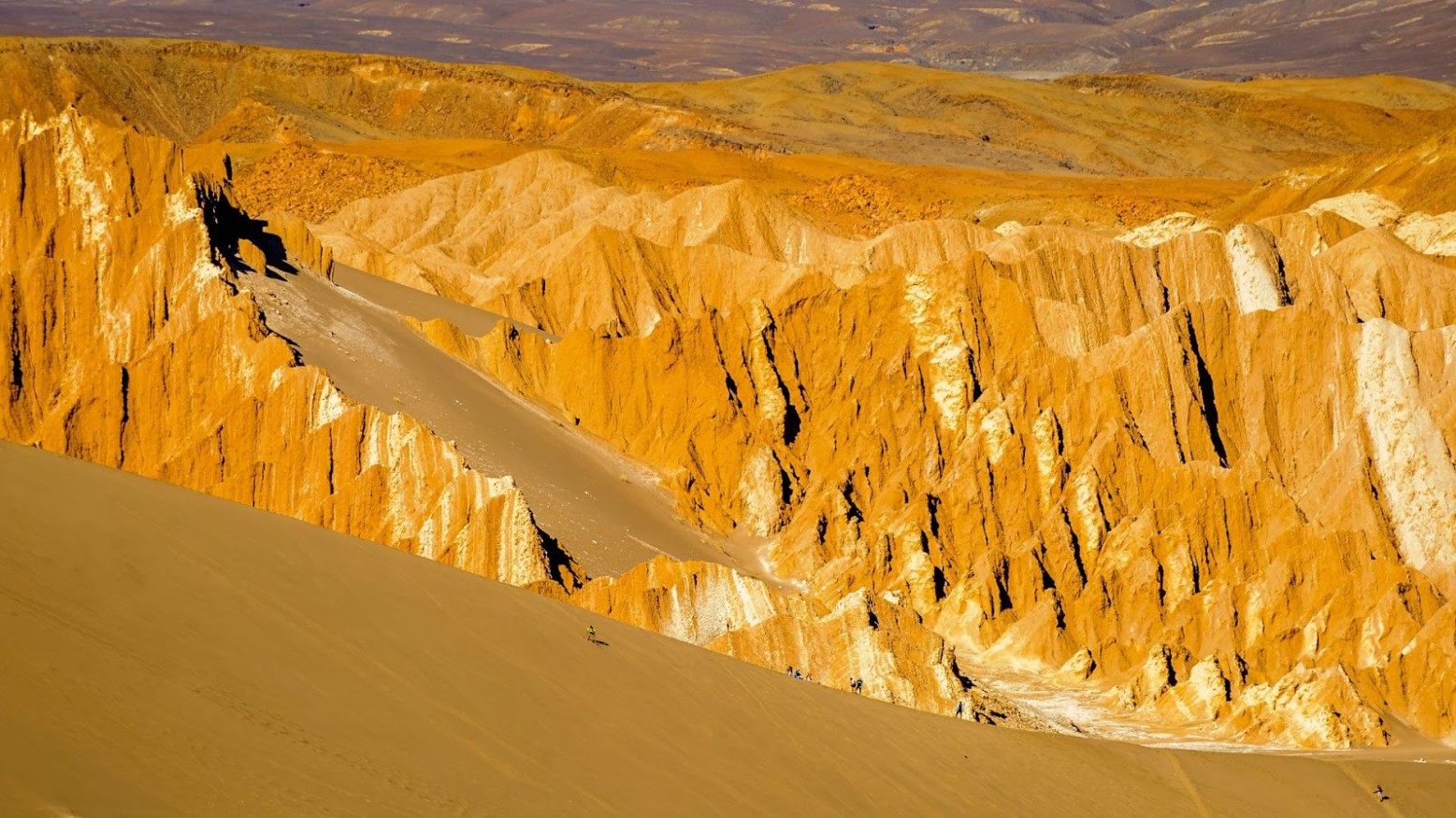
Source: Alexander Schimmeck/Unsplash
These specific communities found in this region of the desert’s underground were mainly dominated by Firmicutes, a bacteria.
Further Findings
Scientists dug further into the desert to find even more signs of life. Below 200 cm of the desert, they found another microbial community — one that’s different from the one found above 80 cm.

Source: John Vincent/Unsplash
The community found below 200 cm was dominated by Actinobacteria, a bacteria that can be either terrestrial or aquatic. Actinobacteria are important bacteria, as they can highly contribute to a forest or agriculture’s soil.
An Ancient Colonization
According to these researchers, this microbial community has some bacteria that are similar in genes to both Modestobacter caceresii and Geodermatophilus pulveris.
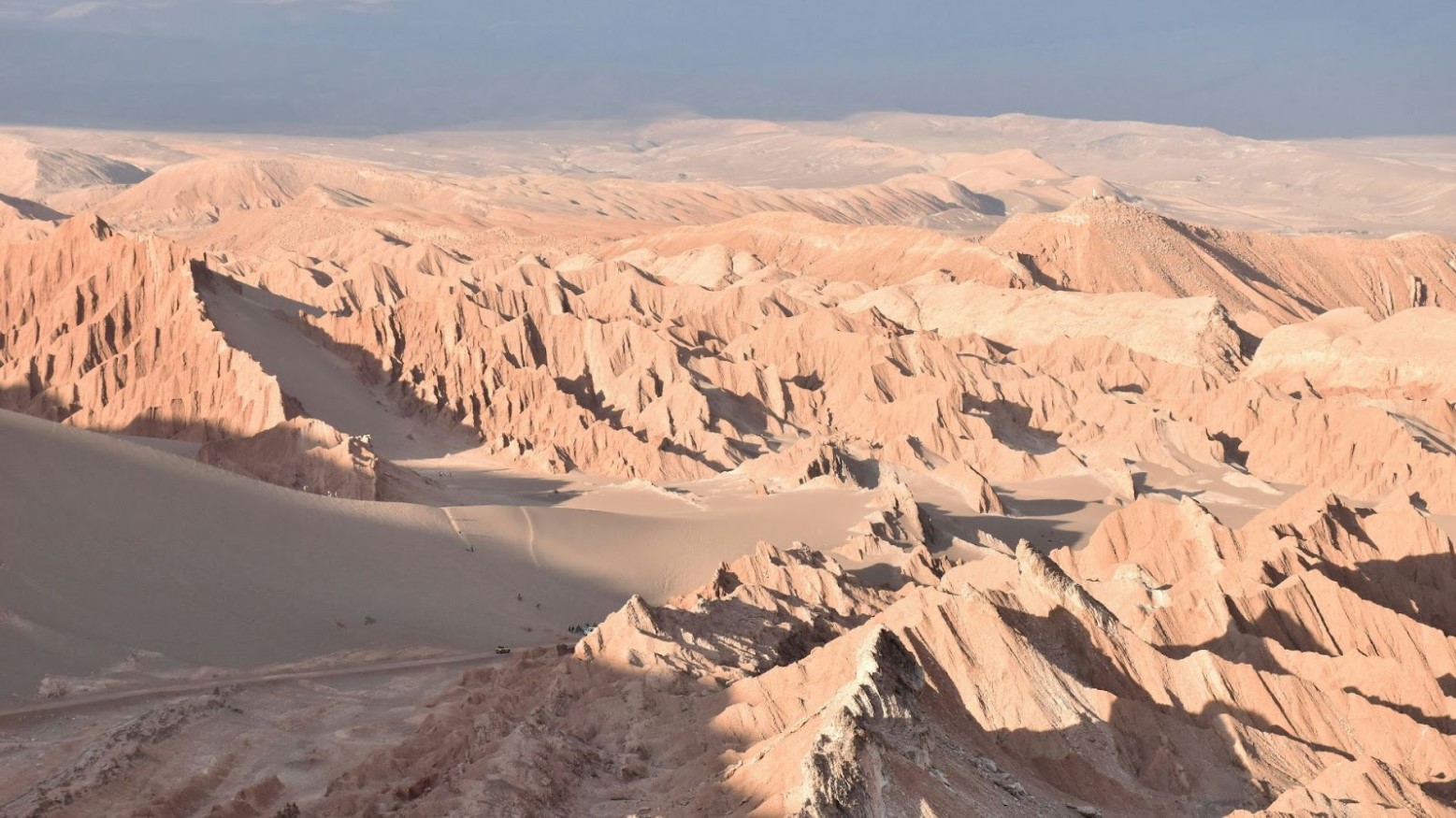
Source: John Vincent/Unsplash
Thanks to further research, scientists believe that this community may have colonized the desert soil as far back as 19,000 years ago.
The History of This Microbial Community
Once the bacteria colonized the soil 19,000 years ago, it was eventually buried by the playa deposits that currently exist in the desert.

Source: Michael Schiffer/Unsplash
Scientists further theorized that this community could have continued to move downward in the soil over time. As a result, this bacteria represents a secret, hidden biosphere deep in the hyper-arid soil that researchers had never seen before.
Gypsum Deposits
Researchers have also hypothesized how this community may continue to grow and thrive, even within this soil.

Source: Sandro Meier/Unsplash
This has led to the thinking that this bacteria deep within the desert’s soil may rely on gypsum deposits for water, which could help the living organisms.
Searching for Life on Mars
Interestingly, this find in the Atacama Desert could further help scientists who are searching for life on other planets, particularly Mars.
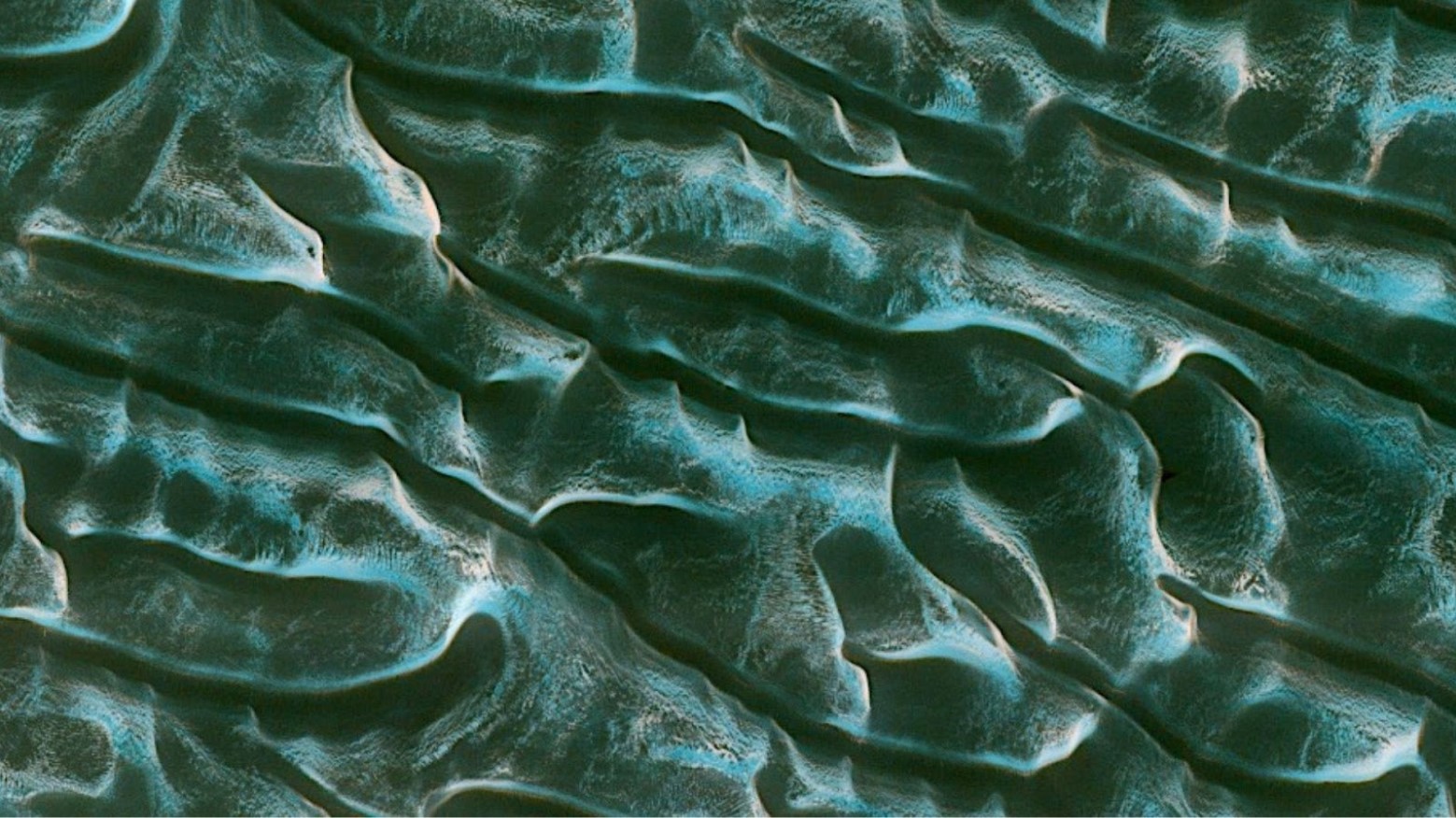
Source: Public Domain/Wikimedia Commons
After all, Mars has gypsum deposits as well. This could, therefore, mean that there are some forms of microbial life that are using these gypsum deposits as a water source.
